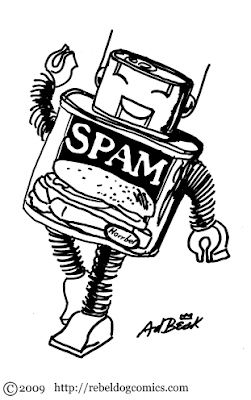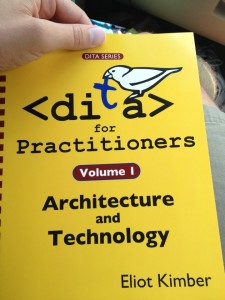There were some interesting presentations so I thought I’d summarize the key takeaways. The full agenda is here: https://www.eiseverywhere.com/ehome/113382/schedule/
Unforgettable: The neuroscience of memorable content (Dr. Carmen Simon)
The user experience of interacting with information is shaped largely by expectations, and the information developer can take steps to shape the expectations. Expectations = Beliefs + Tools
A radical new way to control the English Language (Dr. George Gopen)
Expectations again: readers have fixed expectations about where to look for what in a text. Key insight is that the most important words in the sentence are expected at the end. (BC: The concept of information structure from linguistics leads to much the same conclusion.)
SciAm article from 1990 is recognized as one of 36 classic articles from the publication’s history. Columns for journal Litigation are short and digestible: http://georgegopen.com/articles/litigation/
Open authoring: Content collaboration across disciplines (Ralph Squillace, MS Azure)
MS Azure documentation practices enable broad collaboration using GitHub plus markdown. Docs undergo a freshness review and are updated or discarded every 3 months (BC: we should be able to get reports about potentially stale topics from Git). Key metrics: freshness, performance, satisfaction. They conduct periodic “hackadocs” with SMEs to create/update documentation.
DocOps (Wade Clements, CA)
Inspired by the DevOps approach. Move from trying to get content perfect before publishing to being able to make corrections/adjustments quickly, and work from data not anecdotes. Capture referrals from context-sensitive help in the UI to the docs. Metrics use case: predict if a user who comes to the docs ultimately opens a support case.
Work smarter not harder (Skip Besthoff, InboundWriter)
By analogy to botany: some pieces of content are annuals (ongoing use, long-term interest), some are perennials (one-time use). Focus on creating better content (annuals), not more content. The average cost of a piece of content in the enterprise is $900 (BC: according to marketing consultant Jay Baer; I think technical content cost more over its lifecycle; or maybe it’s $900/page-ish). Move from using simple keywords to topic clusters.
Going mapless (Don Day, founding chair of OASIS DITA technical committee)
Some use cases for DITA may not require maps for top-level navigation. To do so, robust search, tags/keywords, topic-to-topic cross-references are required. Mapless DITA was implemented in wikis for “The Language of” series from XML Press: http://tlowiki.com/ See also expeDITA: http://expedita.info/ (BC: I’m not ready to jettison maps…yet.)
Single-sourcing publishing across multiple formats (George Bina, oXygen)
Specifically, publishing from multiple input formats (such as Excel, CSV, markdown, SVG). Dynamic transformations to DITA. It’s actually real: https://github.com/oxygenxml/dita-glass
Past, present, and future of DITA (Kristen Eberlein, OASIS DITA technical committee)
DITA 1.3 spec is complete and will be officially released in mid-December. It includes several interesting new features: troubleshooting topic type, classification domain/map, SVG domain, doc release notes capability.
Reviews were done using DITAweb: http://about.ditaweb.com/
DITA 2.0 won’t be out for about 5 years. Plan is to include lightweight DITA.


